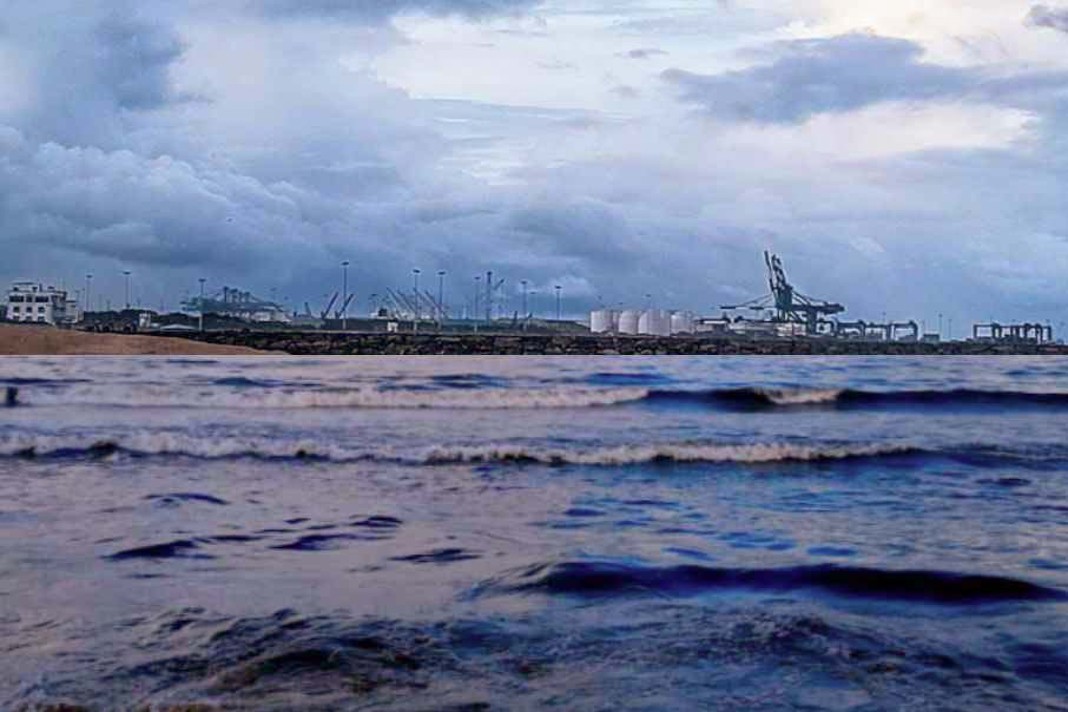The Suez Canal, the SUMED pipeline, and the Bab el-Mandeb Strait are strategic routes for Persian Gulf oil and natural gas shipments to Europe and North America. Total oil shipments via these routes accounted for about 12% of total seaborne-traded oil in the first half of 2023, and liquefied natural gas (LNG) shipments accounted for about 8% of worldwide LNG trade, reports EIA.
Oil shipments
Northbound oil flows toward Europe via the Suez Canal and SUMED pipeline fell between 2018 and 2020. Renewed U.S. sanctions on Iran reduced all exports from Iran, including those through the Suez Canal. In addition, fewer crude oil and oil products from Middle East producers moved through the Suez Canal because Europe imported less oil from the Middle East and more from the United States. The COVID-19 pandemic further reduced flows through the Suez Canal because of slowing global oil demand.
In the first half of 2023, northbound crude oil flowing through the Suez Canal and SUMED pipeline had increased by more than 60% from 2020, as demand in Europe and the United States rose from pandemic-induced lows. Also, Western sanctions on Russia’s oil beginning in early 2022 shifted global trade patterns, leading Europe to import more oil from the Middle East via the Suez Canal and SUMED pipeline and less from Russia.
Southbound shipments through the Suez Canal rose significantly between 2021 and 2023, largely because of Western sanctions on Russia’s oil exports. Oil exports from Russia accounted for 74% of Suez’s southbound oil traffic in the first half of 2023, up from 30% in 2021. Most of those export volumes were destined for India and China, which imported mostly crude oil from Russia. The Middle East, primarily Saudi Arabia and the United Arab Emirates, increased imports of refined oil products from Russia in 2022 and the first half of 2023 to generate electric power or to store or re-export.
LNG shipments
LNG flows through the Suez Canal in both directions rose to a combined peak in 2021 and 2022 of 4.5 billion cubic feet per day (Bcf/d) before total flows declined in the first half of 2023 to 4.1 Bcf/d. Southbound LNG flows more than doubled from 2020 to 2021, mainly driven by growing exports from the United States and Egypt heading to Asia.
In 2022 and the first half of 2023, southbound LNG volumes via the Suez Canal declined as U.S. and Egyptian LNG exports both favored European destinations over Asian markets, supplanting some of the natural gas exports that Russia historically sent to Europe. Most of the variation in northbound volumes reflects changes in Qatar’s exports to Europe (via the Suez Canal) compared with Asia. Qatar also sent more LNG to Europe in 2022 to replace some volumes from Russia, increasing northbound flows.
Did you subscribe to our daily Newsletter?
It’s Free! Click here to Subscribe
Source: EIA



























Very interesting information!Perfect just what I was looking for!